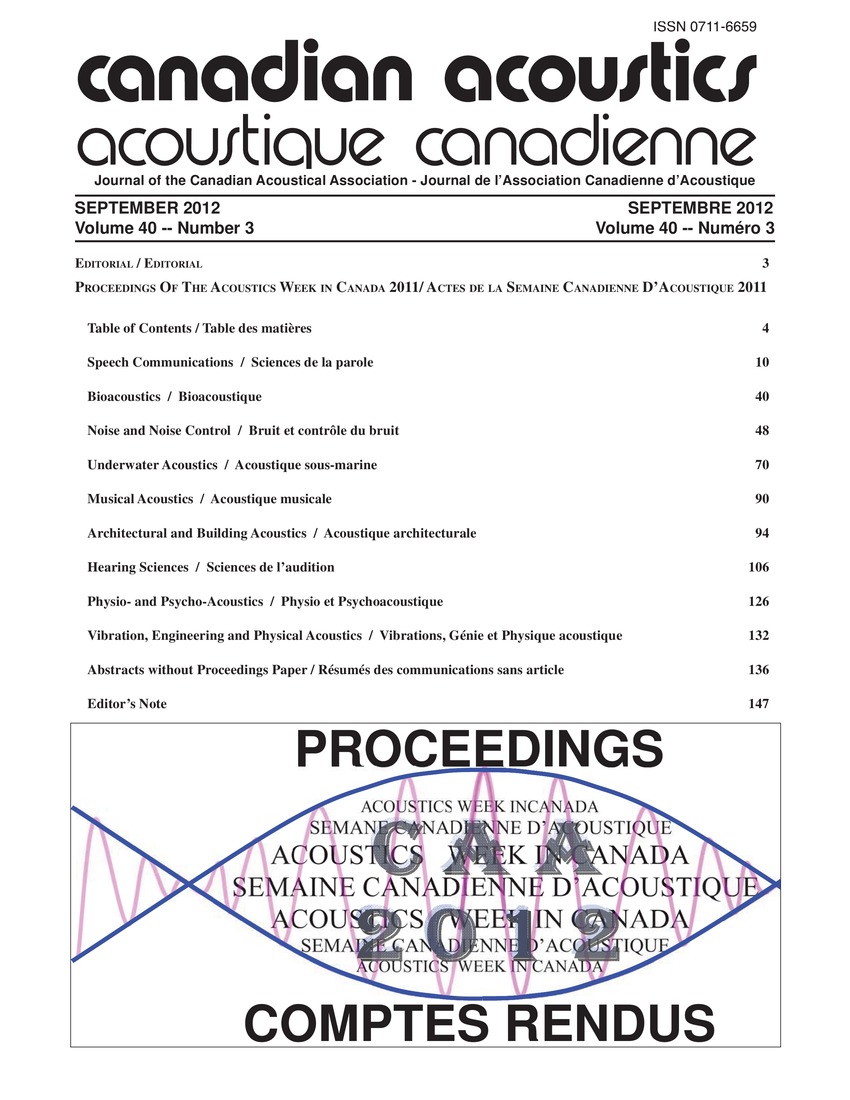Dentals are grave
Keywords:
Approximants, Noise energy, Sound changeAbstract
The article highlights the increased explanation of certain auditorily based sound changes and assimilations, obtained by correcting the definition of the old-school feature, and concomitant adjustments to the classification of segments. Phonetic features require either an articulatory or an acoustic basis. Defining a feature in an optimal fashion can lead to improved explanatory force concerning, for example, phonetically motivated sound change. Retroflexion cannot enhance dentalization, as these gestures are incompatible. That dentals are grave predicts that coronal consonants may become dental when released into a flat vowel or approximant. On the one hand, their noise energy is very similar to that of labials. On the other hand, their interaction with the vocalic feature flat across languages strongly suggests that they bear the consonantal counterpart grave.Additional Files
Published
How to Cite
Issue
Section
License
Author Licensing Addendum
This Licensing Addendum ("Addendum") is entered into between the undersigned Author(s) and Canadian Acoustics journal published by the Canadian Acoustical Association (hereinafter referred to as the "Publisher"). The Author(s) and the Publisher agree as follows:
-
Retained Rights: The Author(s) retain(s) the following rights:
- The right to reproduce, distribute, and publicly display the Work on the Author's personal website or the website of the Author's institution.
- The right to use the Work in the Author's teaching activities and presentations.
- The right to include the Work in a compilation for the Author's personal use, not for sale.
-
Grant of License: The Author(s) grant(s) to the Publisher a worldwide exclusive license to publish, reproduce, distribute, and display the Work in Canadian Acoustics and any other formats and media deemed appropriate by the Publisher.
-
Attribution: The Publisher agrees to include proper attribution to the Author(s) in all publications and reproductions of the Work.
-
No Conflict: This Addendum is intended to be in harmony with, and not in conflict with, the terms and conditions of the original agreement entered into between the Author(s) and the Publisher.
-
Copyright Clause: Copyright on articles is held by the Author(s). The corresponding Author has the right to grant on behalf of all Authors and does grant on behalf of all Authors, a worldwide exclusive license to the Publisher and its licensees in perpetuity, in all forms, formats, and media (whether known now or created in the future), including but not limited to the rights to publish, reproduce, distribute, display, store, translate, create adaptations, reprints, include within collections, and create summaries, extracts, and/or abstracts of the Contribution.


